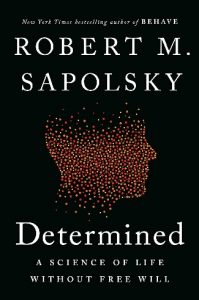 S&T is a creature of S and T!
S&T is a creature of S and T!
In the absence of S and T, S&T gets asphyxiated; S&T doesn’t survive.
Perhaps, you have already guessed S&T stands for Science and Technology; S and T are Space and Time.
Science and Scientists work where Space, Time and Substance (material) exist out there facilitating an observation. Their entire edifice is based on causal relatonships – a prior cause, p1, giving raise to an effect, p2, over a time interval. The mAdhyamika Buddhist philosophy also is based on this principle. A given effect in the present is said to result from summation of all the antecedent causes. The cause-effect relationship invokes “Mind space,” when there is no tangible physical space present,
But what happens if Space and Time are merely “unreal or imaginary”? Can causal relationships exist without a mind? Continue reading
